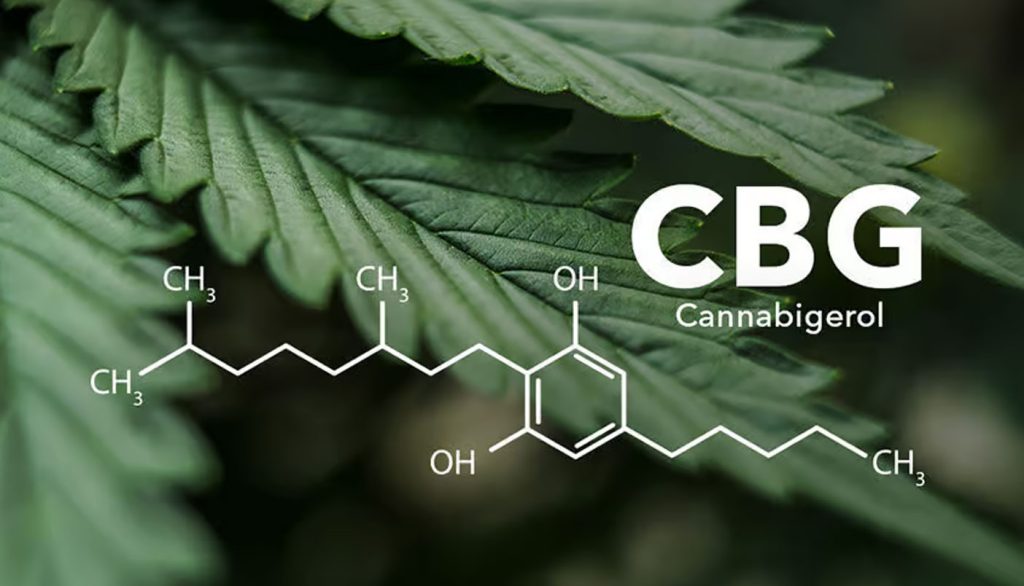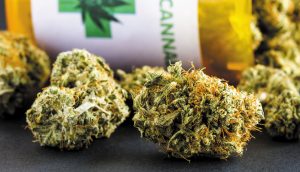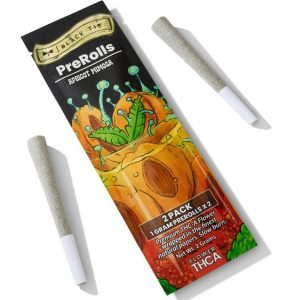Is CBG the Next CBD?

Exploring the science of the new “it” cannabinoid.
The legal cannabis market that emerged following the 2018 Farm Bill has led to the marketing of several lesser-known cannabinoids—compounds found almost exclusively in cannabis. It has also led to a lot of confusion because of several reasons: There are hundreds of these compounds, they all seem to have distinct properties, and relatively little clinical work has been done to establish their therapeutic properties. The vast majority of clinical work with cannabis until relatively recently had focused on delta-9 tetrahydrocannabinol (Δ9-THC), which is the primary cannabinoid that causes intoxication and is still illicit at the federal level. Other compounds, often referred to as minor cannabinoids, can cause less intoxication than Δ9-THC (as is the case with delta-8 tetrahydrocannabinol [Δ8-THC] and cannabinol [CBN]). Still others cause little to no intoxication even at high doses. The most well-known of the latter category is cannabidiol (CBD).
Recently, another non-intoxicating cannabinoid known as cannabigerol (CBG) has grown in popularity and is almost entirely unregulated. The cannabinoid is often marketed as “the mother of all cannabinoids” because its acidic form, cannabigerolic acid (CBGA), is a precursor to many other cannabinoids (including CBD and THC). The phrase “mother of all…” is here being used somewhat literally instead of idiomatically to refer to something of immense magnitude or potency. To reiterate more bluntly: It will not get you high.
What Does CBG Do?
Like CBD, grey literature and unfounded reports from the internet claim that CBG can help with a host of specific and nonspecific conditions. Among these are anxiety, depression, and fatigue. Meanwhile, preclinical research has found that CBG has demonstrated antibiotic and antifungal activity, as well as antihypertensive, analgesic, and anti-inflammatory effects.
Read the full article at Psychology Today





